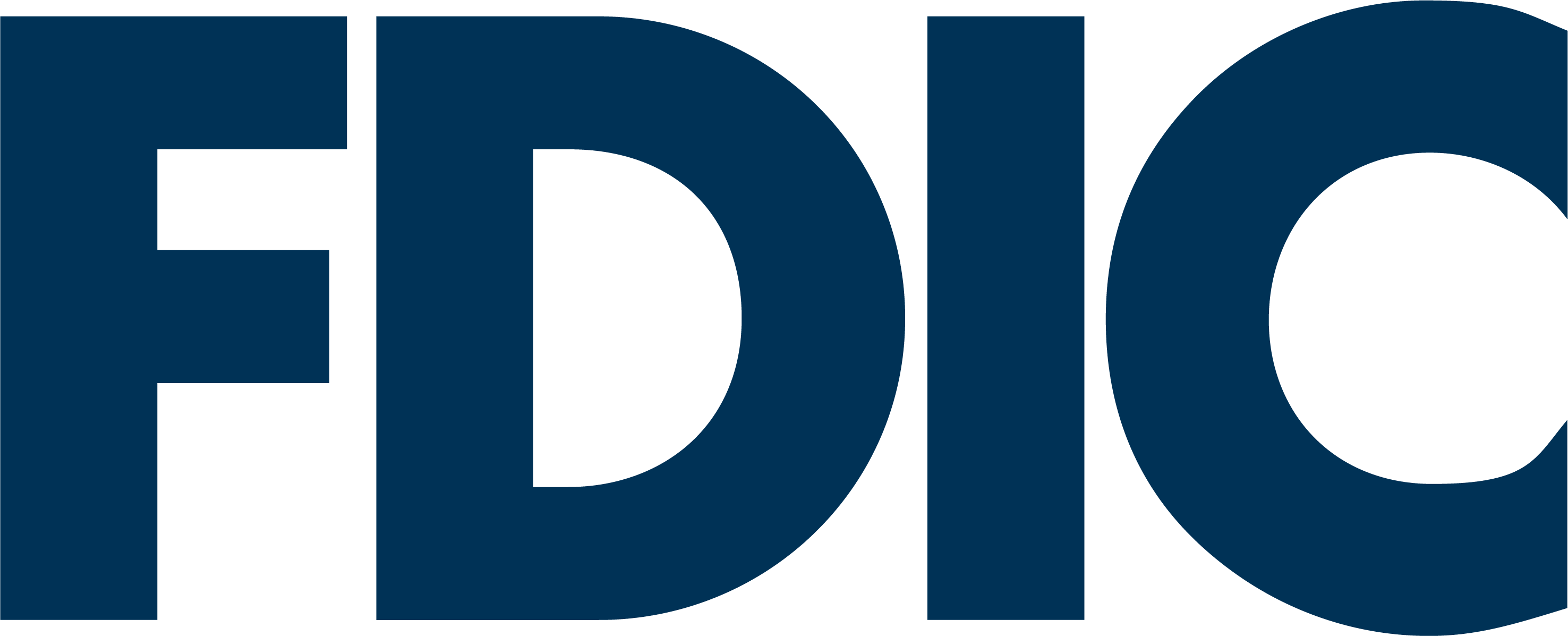
Economic Outlook
The Fed Pauses
- The Fed talks tough, but pauses rate increases
- Tight financial conditions persist
- Measures of growth and inflation are declining
- Recession still an open question
Growth
The Federal Reserve’s Open Market Committee met on September 20 and voted to keep its target for overnight rates in a range of 5.25–5.50%. Their release and statements following their action made it clear that additional rate increases are still possible if inflation does not continue to decline toward their target of 2%. Of course, the Fed must talk “tough” in such circumstances because if markets were to assume that this tightening cycle was over, they would preemptively discount a future rate cut and undermine some of the effectiveness of the anti-inflationary rate increases the Fed has put in place. “Moral suasion,” or what the Fed says they are doing, is a tool they use right along with actual market interventions. All things considered, we are probably nearing the end of one of the most dramatic tightening cycles in Fed history.
And it really isn’t over yet. The Fed’s balance sheet moves get less publicity than its rate hikes and are not as well understood, but they are just as impactful in tightening financial conditions. At its meeting, the FOMC also voted to continue allowing $95 billion in bond investments held on its balance sheet to “run off.” During its response to COVID, the Fed had purchased trillions of dollars in bonds, including both Treasuries and mortgage-backed bonds. It did this using new dollars that it essentially created “out of thin air,” thereby expanding the money supply and holding down interest rates. In doing so, it expanded its balance sheet from $3.8 trillion to almost $9 trillion. The money supply expanded by a similar amount. During the more recent tightening cycle, that process has been in reverse. The Fed is not selling the bonds it holds, it is simply not reinvesting $95 billion in bonds that mature each month. In so doing, it is shrinking the money supply by an equal amount. Raising rates increases the cost of liquidity (or cash) available to the economy; shrinking the Fed balance sheet reduces the amount of liquidity available. Indeed, the money supply as measured by M2 has declined by over $800 billion since the end of 2021.
Both the increase in interest rates and the contraction of the money supply are intended to dampen demand and put the brakes on inflation. It is difficult, perhaps impossible, to do this without also dampening economic growth. In past contractions, this has also involved an increase in the unemployment rate. So far during this cycle, the economy has shown few signs of contraction. Real GDP expanded at an annualized rate of 2.1% in the second quarter of 2023, and unemployment remains low. However, Fed actions impact the economy only after significant lags in time.
Economists estimate that a Fed rate increase may not fully impact measures of growth and inflation until 12–24 months have elapsed from the date of the increase. In that case, our economy is only just beginning to respond to the initial increases which began in March of 2022. Furthermore, the simultaneous contraction of the money supply should magnify the effect of rising rates on the economy and on inflation. Much of the cure that has been administered has yet to show up in the patient’s vital signs.
Two indicators of recession that have proven reliable in the past, an inverted yield curve and a decline in the Leading Economic Index, are both still signaling “recession ahead.” We are not pessimistic; in fact, we are impressed by the US economy’s resilience thus far. However, prudence requires that investors and business leaders remain vigilant to the possibility of recession in 2024.
One of the reasons the US economy has remained so resilient in spite of eleven rate increases in sixteen months is because consumers and businesses were able to save much of the economic stimulus used to counter the economic impact of COVID. In the immediate aftermath of COVID, the personal savings rate exploded to over 33%. It currently stands at 3.5%, well below its longer-term average of 7–9%. At the same time, revolving credit and credit card balances have increased by over $100 billion. The largesse of stimulus has burned off, and some part of our ongoing consumption is being charged to our credit cards. The US consumer, the prime mover in this economy, may be running out of gas.
Other developments that could increase the drag on growth include the end of Emergency Childcare Assistance on September 30. This assistance was part of the overall COVID stimulus package, and its end will impact as many as 3.2 million children and their parents. The very next day, student loan payments that had been suspended will resume. Strikes at domestic auto manufacturers, a possible government shutdown, and increasing gas prices do nothing to improve the growth outlook.

Employment
- +187,000 jobs in August
- Unemployment at 3.8%
Payrolls rose 187,000 in August, and unemployment ticked up to 3.8%, not much higher than where it has been since March of last year. The monthly payroll additions have been coming down, and the June and July numbers were revised meaningfully lower with the latest release. The number of open job positions has also been declining. The number of openings per unemployed person is now approximately 1.4; it had been well over 2 in the immediate aftermath of re-opening. The cost increases for wages and benefits are moderating, which should help in the battle against inflation.
The “soft landing” scenario described by many analysts sees monetary tightening impacting job openings without significantly increasing unemployment. Current data suggests we may well be on such a path. However, it should be acknowledged that unemployment lags significantly behind changes in the direction of economic growth. It is not a certainty that we will get through this tightening cycle without an increase in unemployment.

Inflation
- All items CPI at 3.7% in August, up from June & July
- Core CPI at 4.3% and falling
- Fed still seeking 2.0% inflation
The “all items” CPI index stood at 3.7% for the 12 months ending in August. That measure has now increased two months in a row. The primary reason for the increase is gas and energy prices. Energy had been declining for months, supporting lower reads on headline inflation. That trend has now reversed. The “core” index (all items less food and energy) was up 4.3% and has been declining steadily since March of this year. The uptick in the headline rate is a reminder that inflation will not melt away in a straight line and that energy is an important factor in household budgets and the pricing of a great many goods and services. We believe that the reversal in the headline number is a speed bump on the way to improving inflation rather than a change in longer-term direction. The Fed’s preferred measure of inflation, the Core PCE Deflator, stands at 4.2% for July. However, the three-month annualized rate for that measure is now below 3% and trending toward the Fed’s target of 2%. Increasing energy costs and projected increases in medical benefits are concerns going forward. The last few percentage points on inflation may prove tough to undo.

Interest Rates
- Yield curve deeply inverted
- Fed still draining liquidity from financial system
The Fed Open Market Committee met on September 19 and 20 and held steady on their target for overnight interest rates. The upper bound of that target remains at 5.50%, up from virtually zero post pandemic and the highest it has been for most of this century.
The Fed will continue to reduce their bond holdings, which has the effect of reducing liquidity (money supply) in the economy at a rate of $95 billion per month. The 10-year Treasury note currently yields 4.37%, so the yield curve remains deeply inverted, although rates have started to move up along the entire yield curve. Real rates (yield minus inflation) are now positive across much of the yield curve, so even without further increases, interest rates remain restrictive. During most of the low-rate environment that preceded the current tightening, real rates remained negative. With normal lags, these rates should continue to dampen both growth and inflation for months to come.
Following its most recent meeting, the Fed also released its “dot plot,” or its Summary of Economic Projections (SEP). These are projections of key economic indicators separately prepared by each member of the FOMC with help from their staff. Using the median of the forecasts, the members increased their estimates of GDP for 2023 from 1% to 2.1%. GDP for 2024 was increased from 1.1% to 1.5%. Their estimate of unemployment at the end of this year declined to 3.8% from 4.1% previously. Unemployment for 2024 went from 4.5% down to 4.1%. Interestingly, the median for the year-end overnight rate reflects one additional hike of 0.25%, and their forecast for rates in 2024 suggest that the current high rates may persist for most of next year. Regardless, the forecasts still incorporate interest rate cuts of a total of 1.0% sometime next year, which is a more gradual pace for cuts than that projected in prior forecasts. These are only forecasts, not policy statements, but they are a little difficult to reconcile internally. If rates are to increase further, and remain high longer, it is difficult to imagine so benign an impact on growth and unemployment. Forecasts are notoriously inaccurate, and it remains possible that the rate increases already in place will have a more rapid impact on growth and unemployment than is suggested by these estimates.

Markets
- S&P 500 up 16% YTD
- Very narrow market leadership
- Duration in bonds becoming attractive
The S&P 500 is up 16% YTD at this writing. However, the great majority of that return is concentrated in a short list of very large technology companies. Just seven technology mega-caps comprise fully 28% of the index’s capitalization and a much larger percentage of its recent move upward. At times during this rally, these names have accounted for as much as 90% of the market index’s upward movement. Prudent investors and fiduciaries are not permitted to concentrate their investments in this same manner, and yet these benchmarks are routinely used to evaluate their performance. As an example, the manager of a diversified growth mutual fund is not allowed to invest more than 5% of the fund’s assets in any one company. Cap-weighted indexes like the S&P 500 have no such limitation. When the returns of the index are so concentrated in a short list of stocks, it is almost impossible for a manager of a diversified portfolio to keep up, since any diversification dilutes the returns of the market leaders. Such concentration can also pose risks for markets because indexes will suffer disproportionately should sentiment shift with respect to the market leaders. It would be a healthy development if this market were to begin to spread its gains across more industries and across market caps.
Bond investors have been challenged over the past year by a rising rate environment. When interest rates go up, the market value of bonds goes down—and in direct relation to their duration. Longer bonds are more sensitive to interest rate moves than bonds with shorter maturities. In a year like this year, it was almost impossible to shorten duration enough to escape the negative effects of one of the fastest and steepest rate increases on record.
The most “comfortable” investment this year has been cash. Many cash equivalents now pay over 5%. However, investors should begin to prepare for a different rate environment in the future. The Fed will stop raising rates at some point. The current “pause” could easily become more permanent. When that occurs, investors with longer investment horizons may wish to own more intermediate-term bonds. Once the Fed is finished raising rates, its next move is often a cut, either because the tightening has engendered a recession or because inflation subsides. Either way, the longer-term investor may be wise to lock in some of the current attractive rates before the environment changes. In six to twelve months, we could be operating in a very different (read: lower) rate environment.

If we can help or provide additional information; please do not hesitate to contact us.
Learn about our economy expert.

-
This information is for informational purposes only and does not constitute investment advice.
Sources:
GDP – Bureau of Economic Analysis
Employment & Inflation – Bureau of Labor Statistics
Interest Rates – Federal Reserve
P/E S&P 500 – multpl.com
Non-Deposit investment products and services, and Insurance products and services offered through United Community Banks, Inc. are:• NOT Insured by FDIC or Any Other Government Agency;
• NOT Guaranteed by United Community Bank or any affiliate of United Community Bank;
• NOT a Deposit or Obligation;
• Subject to Risk and May Lose Value
This content is not intended as, and shall not be understood or construed as, financial advice, investment advice, or any other advice. This content is provided for informational purposes only, without any express or implied warranty of any kind, including warranties of accuracy, completeness, or fitness for any particular purpose. United Community Bank and Seaside Bank and Trust shall not be liable for any damages of any kind relating to such information not as to the legal, regulatory, financial or tax implications of the matters referred herein. All views and opinions expressed are those of the writer/commentator and do not reflect the views or positions of Seaside Bank and Trust. Seaside Bank and Trust is a division of United Community Bank that provides investment, administrative and trustee services to customers of United Community Bank














